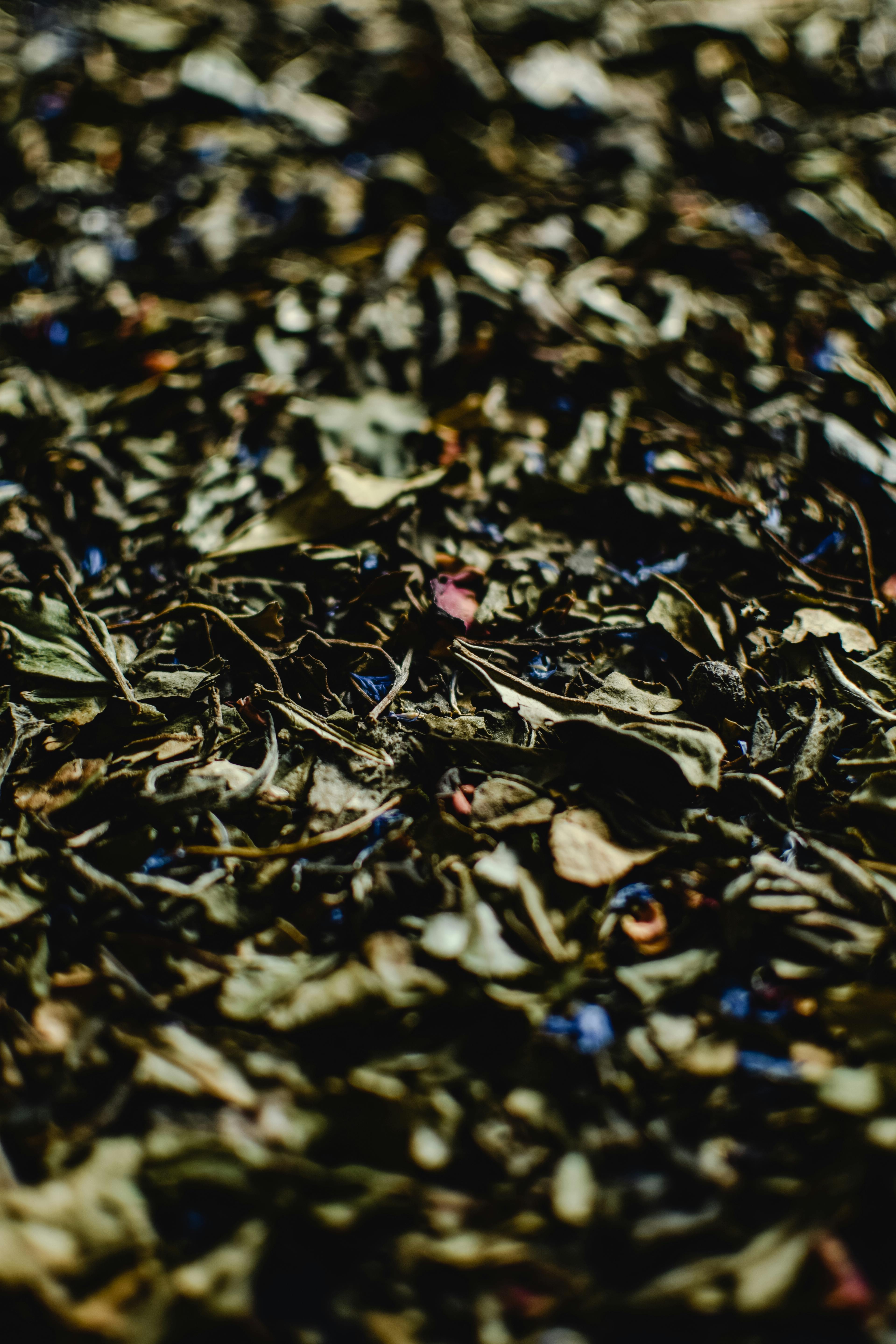
Apply Now


Essential Guide to Potatoes: How Long to Grow in 2025
Potatoes are a staple food for many households around the world, providing nourishment and versatility in countless recipes. Understanding the growth cycle and requirements of potatoes is crucial for both amateur gardeners and professional farmers alike. In this guide, we will delve into the essential aspects of potato cultivation, exploring how long potatoes take to grow, the ideal conditions for successful harvests, and various factors that influence growth time. Whether you're a seasoned gardener or a beginner, this article will provide valuable insights to ensure a fruitful potato crop in 2025. Potatoes are not only delicious, but they are also a source of important nutrients, including vitamins, minerals, and antioxidants. Growing your own potatoes can be a rewarding experience, allowing you to enjoy fresh produce right from your garden. Throughout this article, we will guide you through the stages of potato growth, from planting to harvest, and share best practices for maximizing your yield. **Key Takeaways:** 1. Understanding potato growth time and cycles. 2. Importance of ideal growing conditions. 3. Tips for managing soil, pests, and diseases. 4. Recommended planting and harvesting techniques.Understanding Potato Growth Time
To successfully grow potatoes, it's important to grasp their growth time and how various factors can influence it. Potatoes generally take between 70 to 120 days to mature, depending on the variety and conditions. The early varieties have shorter growth periods, typically ranging from 70 to 90 days, while late varieties can take around 100 to 120 days. Understanding this potato maturation period will help you effectively plan your planting and harvesting activities.Potato Growth Cycle Overview
The potato growth cycle consists of several stages: 1. **Germination**: This initial phase begins with the sprouting of the seed potatoes. Under optimal conditions, germination occurs within 2 to 4 weeks after planting. 2. **Vegetative Growth**: Following germination, the potato plants focus on leaf and stem development. This stage lasts for about 4 to 10 weeks, depending on conditions. 3. **Tuber Formation**: When the plants reach their maximum height, tubers begin to form. This is a critical stage that generally occurs between 6 to 8 weeks after planting. 4. **Maturation**: Finally, as the foliage begins to die back, potatoes enter the maturation stage, which lasts until the tubers are ready for harvest. Understanding the potato growth stages is essential for planning cultivation and ensuring optimal conditions throughout the growing period.Factors Affecting Potato Growth Time
Several factors can influence the time it takes for potatoes to grow to maturity, including: - **Temperature**: Potatoes thrive in cooler weather, ideally between 60°F and 70°F. Excessive heat can hinder growth. - **Soil Conditions**: The pH level, moisture, and nutrient composition of the soil are critical for optimal growth. Potatoes prefer slightly acidic to neutral soil (pH 5.8 to 7.0). - **Watering Practices**: Consistent moisture is necessary, as potatoes require regular watering, especially during tuber formation. - **Fertilizer Application**: Providing the right nutrients at different growth stages can enhance growth time and yield. With these factors in mind, you can take steps to create ideal potato growing conditions.Ideal Conditions for Growing Potatoes
Creating the right environment for your potatoes is essential for maximizing growth and ensuring a healthy crop. Factors such as soil preparation, watering methods, and sunlight exposure directly affect potato yield.Soil Preparation for Potatoes
Before planting, prepare the soil by loosening it to a depth of at least 12 inches. This helps potatoes to grow without obstruction. Aim for well-drained, fertile soil with good organic matter content. Enrich the soil with compost or well-rotted manure to meet the nutrient needs of potatoes.Watering and Sunlight Requirements
Potatoes require ample sunlight—at least 6 to 8 hours per day—to produce healthy foliage and tubers. In terms of watering, aim to keep the soil consistently moist, avoiding both overwatering and underwatering. It’s crucial to monitor soil moisture levels, especially during tuber formation, when water demand increases.Fertilizing Potatoes
Proper fertilization plays a key role in potato growth. Use a balanced fertilizer that provides essential nutrients like nitrogen, phosphorus, and potassium. Apply fertilizer according to the growth phases—higher nitrogen levels are beneficial during vegetative growth, while phosphorus and potassium should be emphasized during tuber development.Growing Potatoes from Seed: Tips and Techniques
Planting seed potatoes effectively can lead to a successful harvest. The timing and methods used in planting can significantly impact growth duration and yield.When and How to Plant Potatoes
In most regions, the ideal time to plant potatoes is in early spring, once the soil has warmed up to about 45°F. Cut seed potatoes into pieces, each containing at least one eye, and allow them to “chit” or sprout for a few days before planting for better results.Planting Distance and Spacing
When planting, maintain a distance of about 12 inches between each seed potato and a row spacing of around 3 feet. This spacing allows for adequate air circulation and reduces the risk of pest infestations.Managing Weeds and Pests
Implementing effective pest control and weed management strategies is essential for the success of your potato crop. Weeds can compete for nutrients and water, while pests like aphids and Colorado potato beetles can wreak havoc on your plants. Regular monitoring and using organic or chemical methods of pest control will help protect your potatoes.Harvesting Potatoes: Timing and Techniques
Knowing when to harvest your potatoes significantly influences the quality of your yield. Harvesting your potatoes at the right time ensures optimal flavor and storage longevity.Signs That Potatoes Are Ready to Harvest
Potatoes are typically ready for harvest when the foliage starts to yellow and die back. For new potatoes, a gentle tug on the plant can reveal tubers that are large enough to eat. For fully mature potatoes, wait until at least 80-90% of the foliage is dead before harvesting.Harvesting Techniques for Optimal Yield
Use a spading fork to gently lift potatoes from the ground, minimizing damage to tubers. It's important to avoid breaking or bruising them, as this can lead to a shorter storage life.Curing and Storing Harvested Potatoes
After harvesting, allow your potatoes to cure in a cool, dark, and well-ventilated space for about 2 weeks. This process helps heal any skin damage and enhances storage quality. Store cured potatoes in a dark, cool place, ideally between 35°F and 40°F, to maximize their shelf life.Conclusion
Understanding the key aspects of potato growth, from the time it takes to mature, ideal growing conditions, to harvesting techniques, will empower you to cultivate a successful potato crop in 2025. By following best practices, managing environmental factors like soil and water, and being vigilant about pests, you can ensure a healthy yield of delicious potatoes. Stay informed about potato farming techniques and varieties to adapt to changing conditions, ultimately contributing to a thriving garden. Embrace the journey of growing potatoes—your taste buds will thank you!
